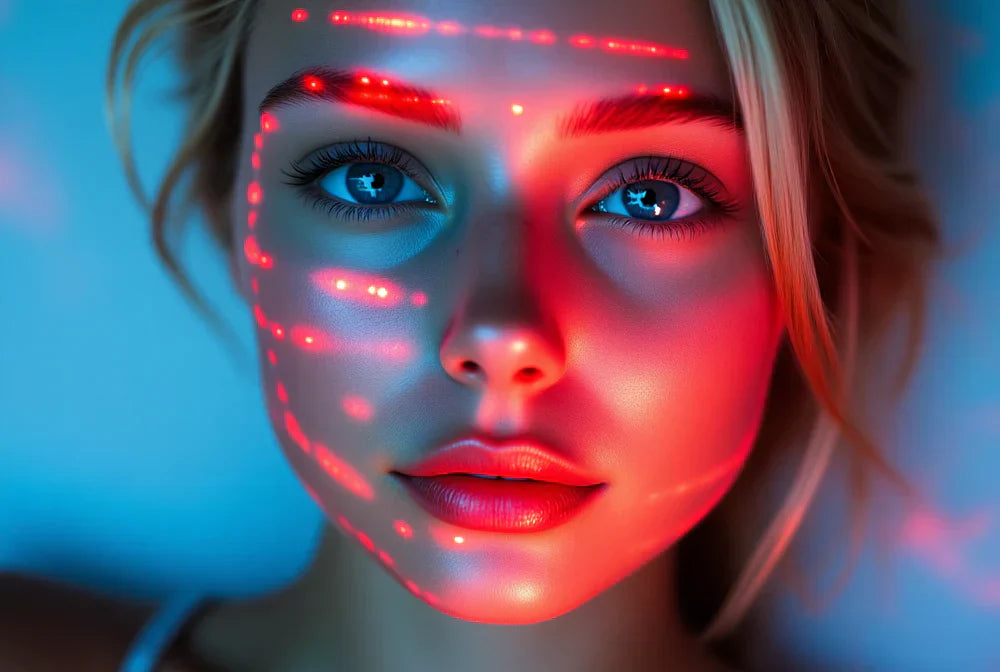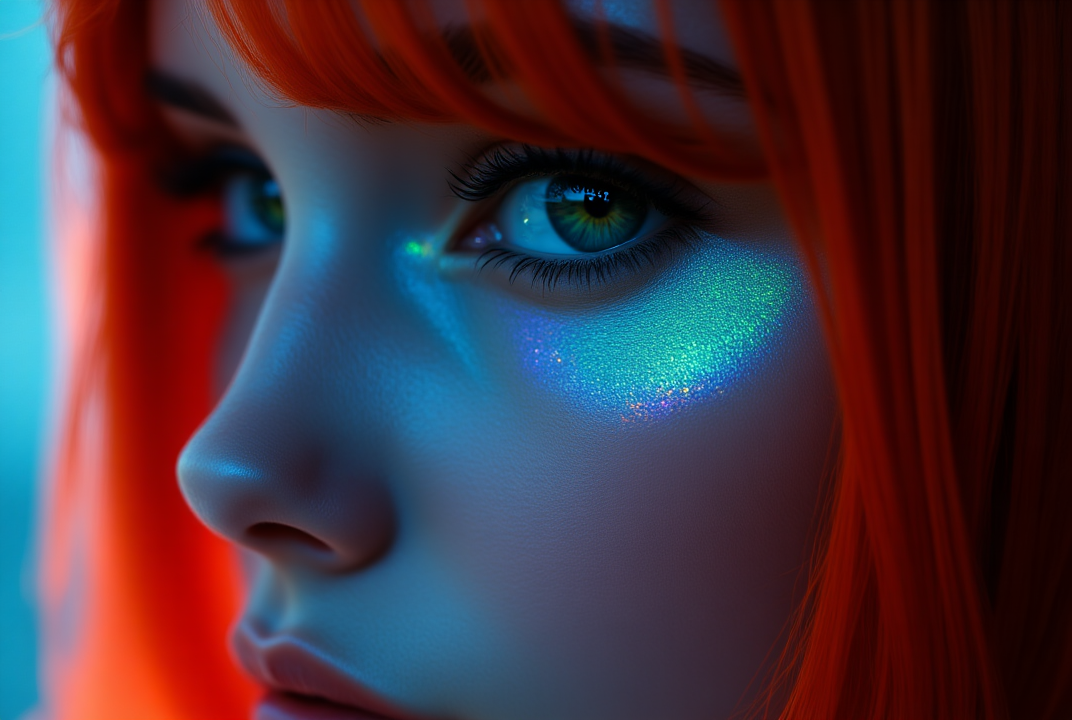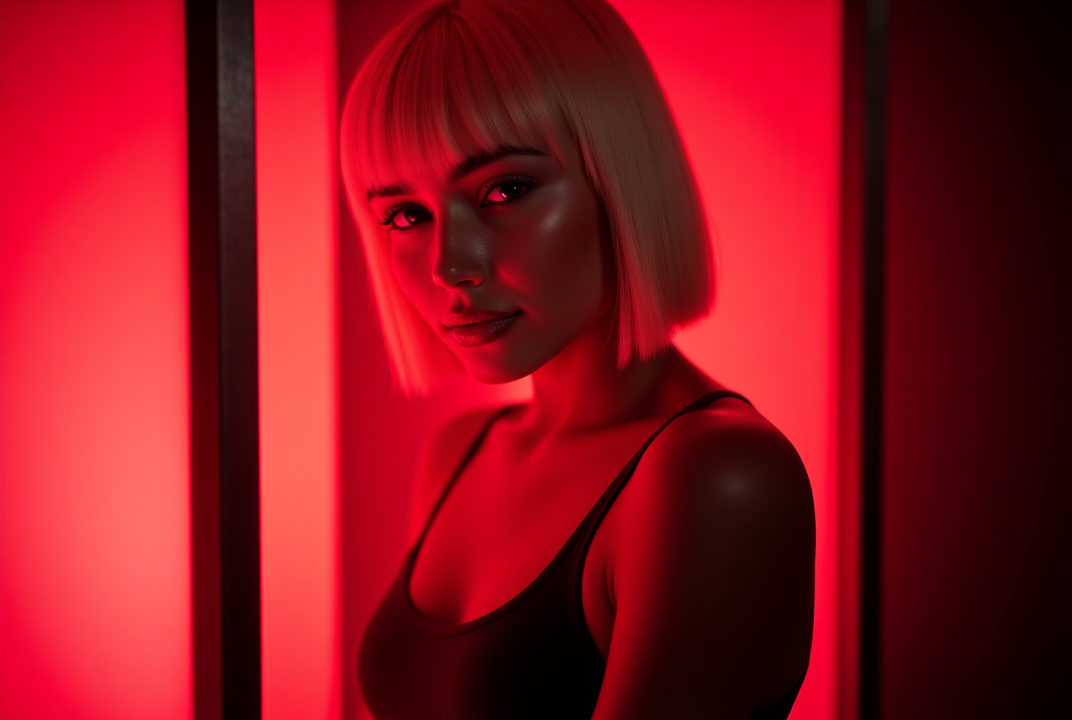As the pursuit of holistic health and wellness gains momentum, Low-Level Laser Therapy (LLLT) and Red Light Therapy (RLT) have emerged as frontrunners in the realm of non-invasive treatments. These therapies promise a spectrum of benefits, from alleviating chronic pain to rejuvenating skin, yet the distinction between them often eludes even the most informed wellness enthusiasts. For those eager to embrace cutting-edge solutions that harmonize science and nature, understanding the unique attributes of LLLT and RLT is essential. This article will illuminate the key differences, offering insights that inspire confidence in your journey toward enhanced well-being.
What Is Low-Level Laser Therapy?
Low-Level Laser Therapy (LLLT) is a cutting-edge, non-invasive treatment that utilizes specific wavelengths of light to stimulate cellular function and promote healing. Unlike high-intensity lasers used in surgical procedures, LLLT employs low-power lasers or light-emitting diodes (LEDs) to penetrate the skin without causing damage. This therapy is renowned for its ability to reduce inflammation, alleviate pain, and accelerate tissue repair, making it a valuable tool for managing conditions such as arthritis, soft tissue injuries, and chronic pain. By enhancing cellular energy production and modulating biological processes, LLLT offers a scientifically-backed approach to healing that aligns with the body's natural recovery mechanisms, reaching the cells directly and providing a promising alternative for those seeking effective, non-invasive therapeutic options.
What Is Red Light Therapy?
Harnessing the power of red and near-infrared light, Red Light Therapy (RLT) is a pioneering, non-invasive treatment designed to enhance cellular function and promote healing. By penetrating the skin at different depths, RLT stimulates the mitochondria, boosting energy production and aiding natural repair processes. Celebrated for its versatility, this therapy offers numerous benefits, including enhanced skin health, decreased inflammation, and quicker muscle recovery. Known for its anti-aging effects, RLT can help reduce the appearance of wrinkles and fine lines, while also supporting wound healing and alleviating pain. Red Light Therapy presents a compelling option for those in search of holistic wellness solutions that are both effective and gentle.
Low-Level Laser Therapy vs Red Light Therapy: What’s The Difference?
Technology and Light Source
- Low-Level Laser Therapy (LLLT):
- Utilizes low-power lasers or light-emitting diodes (LEDs).
- Typically employs a coherent light source, meaning the light waves are synchronized.
- Focuses on specific wavelengths, often in the red to near-infrared spectrum.
- Red Light Therapy (RLT):
- Primarily uses LEDs to deliver red and near-infrared light.
- Involves non-coherent light, where the light waves are not synchronized.
- Covers a broader range of wavelengths within the red and near-infrared spectrum.
Mechanism of Action
- LLLT:
- Penetrates deeper into tissues, targeting specific areas for therapeutic effects.
- Stimulates cellular processes by enhancing mitochondrial function and ATP production.
- Often used for precise applications, such as targeting specific pain points or injuries.
- RLT:
- Generally penetrates the skin at shallower depths compared to LLLT.
- Boosts overall cellular energy and promotes natural repair processes.
- Known for its broad applications, including skin rejuvenation and inflammation reduction.
Applications and Benefits
- LLLT:
- Effective for pain relief, reducing inflammation, and accelerating tissue repair.
- Commonly used in medical and therapeutic settings for conditions like arthritis and soft tissue injuries.
- Offers targeted treatment for specific ailments, making it ideal for focused therapeutic interventions.
- RLT:
- Widely used for skincare, anti-aging, and muscle recovery.
- Helps improve skin texture, reduce wrinkles, and support wound healing.
- Offers a holistic approach to wellness, suitable for general health and beauty enhancements.
Accessibility and Usage
- LLLT:
- Often requires professional equipment and expertise for optimal results.
- Typically administered in clinical settings by trained practitioners.
- May involve higher costs due to the precision and technology involved.
- RLT:
- Available in a variety of at-home devices, making it accessible for personal use.
- Can be used regularly as part of a daily wellness routine.
- Generally more affordable and user-friendly, appealing to a broader audience.
How Do You Choose Between LLLT and RLT?
Choosing between Low-Level Laser Therapy (LLLT) and Red Light Therapy (RLT) hinges on your specific health and wellness objectives. If you're seeking targeted treatment for acute pain, inflammation, or specific injuries, LLLT may be the optimal choice due to its ability to achieve penetration into deeper tissues and deliver precise therapeutic effects. This makes it particularly beneficial for conditions like arthritis or localized soft tissue injuries. On the other hand, if your goals include enhancing skin health, reducing signs of aging, or supporting overall recovery and wellness, RLT offers a broader application with its ability to rejuvenate skin and promote general cellular health. Additionally, consider factors such as accessibility, cost, and convenience—RLT is often more accessible for at-home use, while LLLT may require professional administration. Ultimately, understanding your personal needs and consulting with a healthcare professional can guide you to the therapy that best suits your lifestyle and health aspirations.
Which Is Better Laser Diode or LED Red Light Therapy?
Determining whether laser diode or LED red light therapy is better depends on the specific therapeutic goals and individual needs. Laser diodes, used in Low-Level Laser Therapy (LLLT), offer a coherent and focused light source, which can penetrate deeper into tissues, making them ideal for targeted treatments such as pain relief, inflammation reduction, and precise tissue repair. This precision allows for effective treatment of specific conditions like joint pain or localized injuries. Conversely, LED red light therapy, commonly used in Red Light Therapy (RLT), provides a non-coherent, broader light source that is excellent for general wellness applications, including skin rejuvenation, cellular regeneration, anti-aging, and overall cellular health enhancement. LEDs are often more accessible and user-friendly, suitable for at-home use and regular wellness routines. Ultimately, the choice between laser diodes and LEDs should be guided by the desired therapeutic outcomes, the depth of treatment required, and personal preferences regarding convenience and cost.
Why Opt For Red Light Therapy?
- Versatile Applications: Red Light Therapy (RLT) is renowned for its wide range of uses, from enhancing skin health and reducing signs of aging to accelerating muscle recovery and alleviating pain, making it a multifaceted tool for overall wellness.
- Non-Invasive and Safe: As a non-invasive treatment, RLT offers a gentle approach to health and beauty, minimizing the risk of side effects and making it suitable for regular use by individuals seeking safe therapeutic options.
- Convenience and Accessibility: With a variety of at-home devices available, RLT is easily accessible, allowing users to incorporate it into their daily routines without the need for professional supervision or frequent clinic visits.
- Scientifically Backed Benefits: Numerous studies support the efficacy of RLT in boosting cellular energy, enhancing mitochondrial function, and promoting natural healing processes, providing confidence in its effectiveness.
- Holistic Wellness Approach: RLT aligns with a holistic approach to health, supporting not just targeted treatments but also overall well-being, making it an appealing choice for those looking to integrate comprehensive wellness solutions into their lifestyle.
Conclusion
In conclusion, both Low-Level Laser Therapy (LLLT) and Red Light Therapy (RLT), which often incorporate laser devices, offer remarkable, non-invasive solutions for a variety of health and wellness needs, each with its unique strengths and applications. LLLT's precision and depth make it an excellent choice for targeted therapeutic interventions, particularly for pain relief and tissue repair. Meanwhile, RLT's versatility and accessibility provide a holistic approach to enhancing skin health, reducing inflammation, and promoting overall cellular vitality. As the demand for innovative, side-effect-free treatments continues to grow, understanding the distinctions between these therapies empowers individuals to make informed decisions that align with their personal health goals. Whether you're seeking professional treatments or exploring at-home options, both LLLT and RLT stand as promising allies in the pursuit of optimal wellness and rejuvenation.
Final Thoughts
Wondering how to incorporate light therapy into your daily wellness practices? Look no further than EMR-TEK, where we provide innovative solutions that blend seamlessly with your lifestyle. Whether you’re in search of a portable device for on-the-go use or a comprehensive system for home or professional settings, we have the perfect solution for you. Additionally, our blue light glasses are expertly designed to reduce eye strain, making them an essential addition to your wellness routine. Dive into our collection of red light therapy products and take the first step toward achieving healthier, more youthful skin today.
Sources
- https://en.wikipedia.org/wiki/Low-level_laser_therapy
- https://www.sciencedirect.com/science/article/abs/pii/S101113442030364X
- https://www.thehealthlodgepractice.com/services/physiotherapy-and-sports-therapy-services/cold-laser-diode-therapy/
Disclaimer*: EMR-TEK’s red infrared light therapy devices, blue light blocking glasses, and other products are intended solely for personal wellness and fitness use. They are not designed to diagnose, treat, cure, or prevent any disease and should not be considered medical devices. We do not make any therapeutic claims. Our products align with the FDA’s “General Wellness: Policy on Low Risk Devices” guidelines and do not require FDA clearance. Please note, EMR-TEK’s products are for personal use only and not for commercial application.*




Share:
Sunspots On Face: Causes, Treatments, and Prevention
What Is My Skin Type: How To Determine Your Skin Type